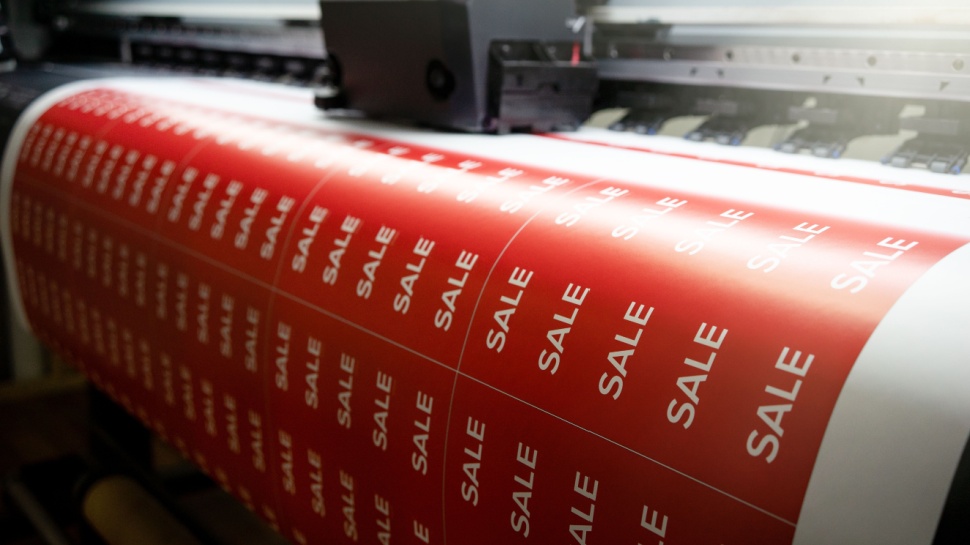Want to save money on printing? Canon sells the world's cheapest original ink by the bottle
“Cheap” may be expensive when dealing with ink cartridges

When it comes to printers, the price of ink cartridges often becomes a major factor for both home and office users. While a cartridge might appear affordable at first glance, the real cost lies in how much ink you’re getting for your money.
The price of an ink cartridge can be deceptive - as a cartridge that costs $20 may only contain 2ml of ink, which might print around 100 pages. In contrast, a $50 cartridge could contain 20ml of ink, enabling you to print 1,000 pages. While the $20 cartridge seems cheaper, it may end up costing more in the long run due to the need for frequent replacements.
To help shed light on the true cost of printing, I surveyed 100 ink cartridges using publicly available information from the official websites of four major brands: HP, Canon, Epson, and Brother.
The hidden costs of Ink cartridges
To accurately analyze the long-term cost of printing, we assessed the price per litre of ink rather than focusing on the upfront cartridge cost. This approach provides a clearer picture of how much users will spend over time, as it factors in the volume of ink and the total number of pages each cartridge can print.
Among the 100 cartridges surveyed, 31% were classified as cheap (< $1000 per litre), 51% as affordable (between $1000 and $5000), and 18% as expensive (> $5000). Interestingly, Canon and Epson each held a 35% share of the cheap ink data, with HP making up the remaining 30%. This suggests that all three brands ensure they have affordable options available.
However, Canon emerges as the leader in affordability, offering the world’s cheapest original ink by the bottle.
The Canon GI-290 stands out with a price of only $171.29 per litre, making it the most affordable option on the market. Additionally, Canon’s GI-25 series sells for just $9.99 per cartridge, translating to a price of $270 per litre making it also one of the most affordable in the surveyed data. These low prices highlight Canon's focus on providing cost-effective printing solutions, especially for consumers who print frequently and want to minimize their ink expenses.
Are you a pro? Subscribe to our newsletter
Sign up to the TechRadar Pro newsletter to get all the top news, opinion, features and guidance your business needs to succeed!
While HP is often perceived as a cheap brand, the data tells a different story when you look at the cost per litre of ink.
HP dominates the affordable ink category, with 53% of its cartridges falling between $1,001 and $5,000 per litre. Canon follows with 43% in this range, while Epson and Brother contribute just 2% each. Interestingly, 18% of the surveyed inks are expensive and HP takes the entire 18%. This means that the American tech company produces some of the most expensive ink cartridges in the world.
Although HP cartridges often sell for between $20 to $60, the price per litre can be extraordinarily high, making these cartridges some of the most expensive to use over time. For example, the HP 65 and 67 Tri-Colour cartridges have a staggering price per litre of $9,995 and $9,495 respectively, the highest in the entire dataset.
While some cartridges may seem expensive upfront, they can offer significant savings for users who print in high volumes.
Cartridges like the HP 32XL and Canon GI-290 have an exceptionally low price per page, effectively bringing the cost down to $0.00 in some cases. These cartridges are ideal for consumers who need to print large quantities of documents or photos, as they reduce the need for frequent cartridge replacements and save money in the long run.
High-capacity cartridges such as the Epson T636100 and Canon PFI-1000, which hold between 700ml and 800ml of ink, are also excellent choices for high-volume users. Though these cartridges have a higher upfront cost, their large capacity reduces the frequency of replacements and minimizes long-term costs.
Another interesting trend from the data is that black ink cartridges generally offer a lower cost per page and per litre compared to color cartridges.
Black ink is more commonly used for everyday document printing, which explains its lower cost. However, consumers who require color printing, such as for photos or graphics, face a much higher price per litre. For instance, color cartridges like HP 902 and Canon CL-276 have a much higher price per litre, especially for magenta, cyan, and yellow inks.
Users with frequent color printing needs may want to consider brands like Epson, which offers more affordable options for color ink. The Epson T664220-S cartridges in cyan, magenta, and yellow, for example, are priced at around $177 per litre, making them a reasonable option for those needing a balance between black and color ink costs.
The analysis reveals distinct strategies among the four brands: HP offers products across all three price categories—cheap, affordable, and expensive—but its high price per litre for some cartridges indicates a focus on short-term affordability at the expense of long-term savings. Canon, on the other hand, prioritizes cheap and affordable inks, making it the best choice for cost-conscious consumers. Epson primarily targets the cheap ink market, while Brother plays a smaller role overall, offering fewer options across the price spectrum.
If you print large volumes of document or you run a small business that requires heavy printing, then ink tank printers are the way to go. They are designed for designed for large volume of printing, offer lower costs per page and you do not need to refill regularly.
More from TechRadar Pro
- These are the best all-in-one printers
- Lenovo's Elephant is compact, has cheap consumables and is super affordable
- Take a look at our guide to the best small business printers

Efosa has been writing about technology for over 7 years, initially driven by curiosity but now fueled by a strong passion for the field. He holds both a Master's and a PhD in sciences, which provided him with a solid foundation in analytical thinking. Efosa developed a keen interest in technology policy, specifically exploring the intersection of privacy, security, and politics. His research delves into how technological advancements influence regulatory frameworks and societal norms, particularly concerning data protection and cybersecurity. Upon joining TechRadar Pro, in addition to privacy and technology policy, he is also focused on B2B security products. Efosa can be contacted at this email: udinmwenefosa@gmail.com